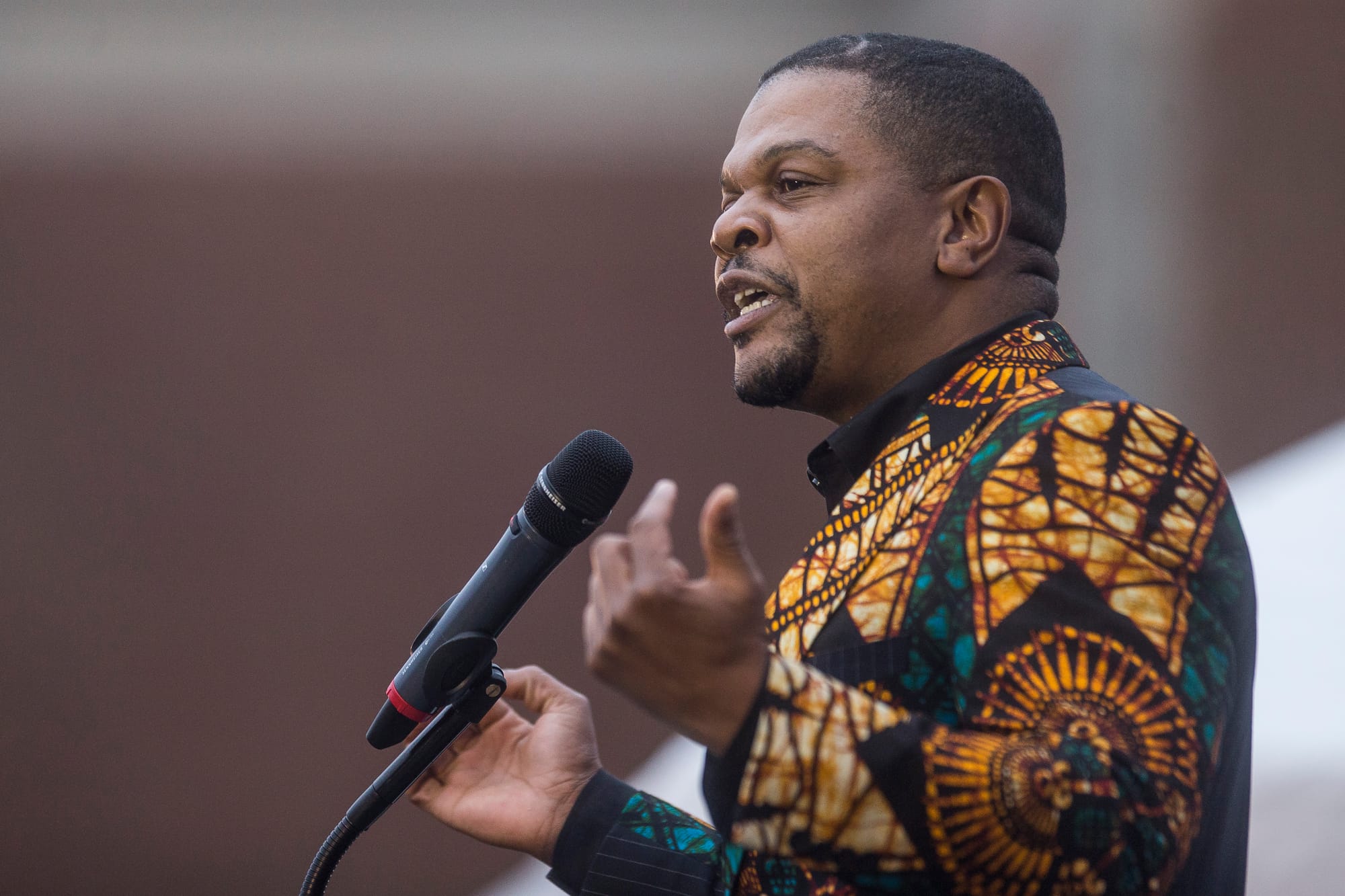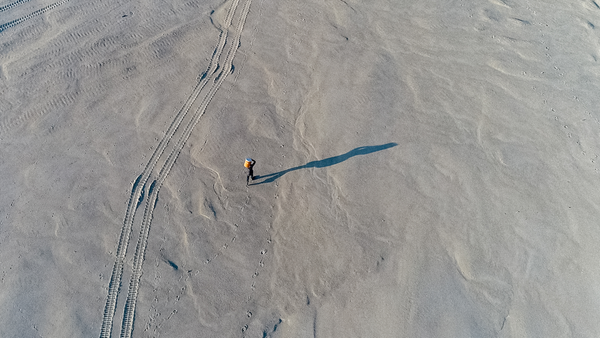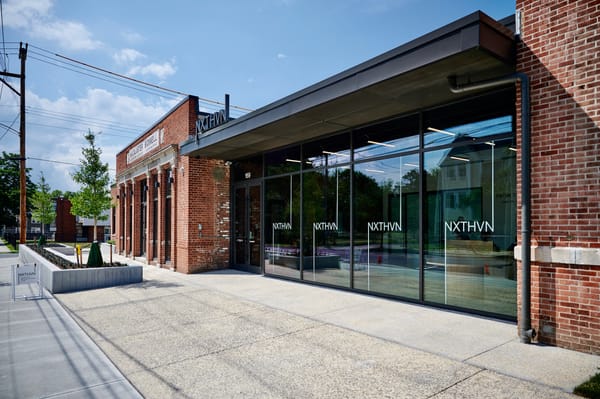Kehinde Wiley’s Accusers Respond to Concerns Over Canceled Museum Shows
“Artistic merit, while significant, should not take precedence over issues of moral injury and human dignity,” reads a response to issues raised by the National Coalition Against Censorship.

Editor’s Note: The following story contains mentions of sexual assault and harassment. To reach the National Sexual Assault Hotline, call 1-800-656-HOPE (4673) or visit online.rainn.org.
Kehinde Wiley’s accusers have responded to concerns raised by the National Coalition Against Censorship (NCAC) regarding museums’ decisions to rescind exhibitions of the artist’s work in the wake of sexual assault allegations. A statement from the accusers, shared with Hyperallergic and appended in its entirety below, acknowledges the importance of a “fair and independent investigation” into the claims against Wiley while emphasizing cultural institutions’ “moral responsibility to foster an environment that respects and supports victims of abuse and misconduct.”
In a June 21 missive, the NCAC said it was “alarmed” by the decisions of three institutions — the Pérez Art Museum Miami (PAMM), the Minneapolis Institute of Art, and the Joslyn Art Museum — to push back, pass on, or cancel exhibitions of Wiley’s work. “The allegations against Wiley are serious and concerning, and his stature as an artist would in no way excuse any such alleged behaviors or lessen their impacts,” the NCAC wrote. But museums’ plans to rescind displays of his work, argued the anti-censorship organization, “establishes an implied practice of scrutinizing the personal conduct of all exhibiting artists and risks an ad hoc application of unstated policy.”
Founded in 1974 by activists affiliated with the American Civil Liberties Union, the NCAC cites defending "artists, curators and museum directors resisting art censorship" as part of its mission.
"As is seen throughout art history, the creation of notable works of art is not limited to well-behaved, universally beloved artists, and sometimes even people with terrible moral conduct have the capacity to make works that move and inspire,” NCAC’s Arts and Culture Advocacy Program Director Elizabeth Larison told Hyperallergic in an email today, June 27, adding that museums “are not prepared to launch investigations into the personal lives of all artists they work with.”
“Their role is to present notable artworks and the contexts in which they arrive to audiences at a given moment,” Larrison wrote.
A statement offering a “counter-perspective” to the NCAC’s letter, authored by Ghanaian artist Joseph Awuah-Darko on behalf of Terrell Armistead, Nathaniel Lloyd Richards, Derrick Ingram, and other alleged victims, posits that “artistic merit, while significant, should not take precedence over issues of moral injury and human dignity.”
“While we respect the NCAC's commitment to artistic freedom, we urge the organisations and the leadership of the Pérez Art Museum Miami, the Minneapolis Institute of Art, and the Joslyn Art Museum to continue to make decisions in the public’s interest and to uphold their contemporary ethical standards as times continue to evolve,” reads the statement.
In the last six weeks, Awuah-Darko, Ingram, Lloyd Richards, and Armistead have made public allegations of sexual assault and misconduct against Wiley, accusing the artist of varying acts ranging from inappropriate touching to physical assault and rape.
Wiley has repeatedly denied the claims, calling them “baseless and defamatory” and posting screenshots of text exchanges with some of his accusers on his Instagram, demonstrating that they remained in communication months and sometimes years after the alleged incidents. In a recent statement to Hyperallergic, Wiley expressed his disappointment that a “social media-driven fabrication” had “distracted” from the aim of his touring exhibition, which illuminates racial inequities endured by Black and Brown people.
“These allegations are completely false, raising more questions about their credibility and motivation than there are facts supporting their authenticity," Wiley said.
Ingram and Armistead are reportedly planning to file a class-action lawsuit against the painter, according to statements made on social media. Additionally, Awuah-Darko started a petition urging Wiley's representing galleries, Galerie Templon and Sean Kelly, to investigate the claims of sexual violence. The online campaign, which was published on June 2, has so far accumulated 1,279 signatures.
A spokesperson for Marathon Strategies, the public relations firm representing Wiley, referred Hyperallergic to the artist’s past public statements.
The statement in response to the NCAC, authored by Awuah-Darko, can be found below. (Choices of bolded text for emphasis are his own.)
VICTIMS URGE THE NCAC AND CULTURAL INSTITUTIONS TO PUSH FOR INVESTIGATIONS OF CLAIMS AGAINST KEHINDE WILEY
In the spirit of acknowledging diverse perspectives, we would firstly like to thank the NCAC for their statement and continued dedication to protecting the freedom of thought, expression, and inquiry. However, as survivors of sexual assault, we feel compelled to offer a counter-perspective on this matter, by simply echoing the sentiments listed in our petition and highlighting the importance of addressing these allegations - all as we actively seek collective healing.
Words are important. How we use them and their context, even more so. Let the record show that a petition, now signed by well over 1,000 people, has asked for an investigation into all the sexual assault claims against the artist Kehinde Wiley [the named abuser]. That was the word used: investigation. While we fully respect the decisions of the Pérez Museum, Joslyn Art Museum and the Minneapolis Institute of Art, we did not ask for a targeted 'cancellation,' we did not ask for a ‘boycott,' and we did not even ask for the ‘dismantlement of monuments.’ These words were not part of our messaging which has been fixated on seeking true accountability. Our aim was and still remains focused on urging a fair and independent investigation on all claims by survivors of assault committed by Kehinde Wiley. Claims that the NCAC has described as “serious and concerning”.
Furthermore, artistic merit, while significant, should not take precedence over issues of moral injury and human dignity. Rape and sexual abuse are psychologically considered as moral injury against any individual. Institutions do have a moral responsibility to foster an environment that respects and supports victims of abuse and misconduct which includes reassessing how and IF artists with known abusive behaviours are celebrated and contextualised in exhibitions. For victims, the aftermath of the moral injury carries with it feelings of betrayal, guilt, shame, and a disrupted sense of self-worth that victims of abuse still have to live with.
On March 11, 2015, in a review of the Brooklyn Museum’s Kehinde Wiley retrospective, Jessica Dawson writes “having discovered the art world’s weakness, Wiley has painted himself as untouchable.” She was referring to the unspoken immunity granted the decorated artist due to the projected aura of black excellence as art historical affirmative action. We agree with the NCAC’s statement that the importance of Wiley’s work is that it does “challenge societal interpretations of racial minorities and interrogate legacies of power.” While this may be significant for museum visitors, it should not take away from the gravitas of how these serious claims may trigger or contextualize the experiences of lured subjects depicted in Wiley's work, and as such, the power institution’s have to make autonomous decisions about exhibiting such work. Especially as Dawson establishes a clear relationship between the artist's predatory behaviour and studio practice in her writing.
The public's trust in museums and cultural institutions is paramount. Ignoring or downplaying serious allegations against artists can erode this trust and diminish the credibility of these institutions. How this matter is handled should demonstrate a commitment to ethical standards and consolidate the public's confidence in the institutions that serve them. A way of further exploring this is to urge the governing bodies and leadership of respective institutions to conduct serious investigations into the serious allegations. And additionally for the NCAC to advocate for the rights of victims to a fair and thorough investigation.
While we respect the NCAC's commitment to artistic freedom, we urge the organisations and the leadership of the Pérez Art Museum Miami, the Minneapolis Museum of Art, and the Joslyn Art Museum to continue to make decisions in the public’s interest and to uphold their contemporary ethical standards as times continue to evolve.
This involves acknowledging the serious nature of these allegations, prioritising the well-being of victims, and maintaining the integrity and public trust of cultural institutions. In summary, the ethical standards upheld by institutions should reflect current societal values, emphasising respect, consent, and the protection of individuals from harm. This involves adopting clear investigative protocols and crucial internal policies on how to handle allegations and confirmed instances of misconduct as they see fit. Institutions are entitled to as much freedom in their discernment as the public is in their reaction.





